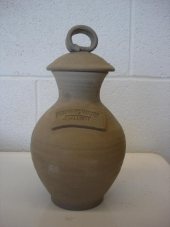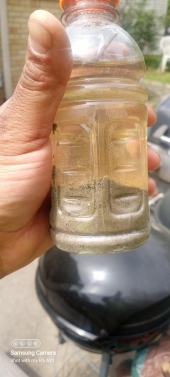Vitor Bosshard wrote:To get the ball rolling... what are the material properties required for an olla? Fired clay is expensive at large scales and cracks under frost.
For example, why not build them out of pallet wood? I imagine a square tunnel that looks like an inverted "T" shape made of boards. Over a few years, this would break down and provide all the benefits of a hugelbed, and in the meantime you can water directly into deep soil layers.
Another idea would be to dig a trench, clad it with clay, then do a big charcoal burn, which as a side effect turns your trench into a semi-permeable irrigation canal.
Just some ideas off the top of my head, I would totally experiment with this if I had the land.
One thing with low fired, non glazed, non vitrified clays is that they are very porous, but don't 'leak' that much unless the surrounding area is dry enough to kind of 'pull' the water from the pot. If the dirt surrounding the Olla is wet already, there is no force of osmosis and it won't continue to empty until the plants need it. I think that is the issue with most of the Olla experiments and alternatives is they don't function under the same principle.
About ground frosts; I never thought about them that much though I knew that they do crack and get destroyed in cold areas. My I live in Aus and my area is humid subtropical turning cool semi arid. Only minor frosts. We can grow broad beans, lettuce, brassicas ect through the winter, and its getting to warm for that to viable in future. It is still to cold for proper tropicals here unless pampered. I have bananas in my backyard that have successfully overwinted near the north face of the house. They just came of dormancy the last few weeks. I live above the flood zone in a big valley full of natural clay. I have the perfect climate for Ollas. I think that Ollas aren't feasible in cold climates other than very small gardens where they are dug up in winter.









